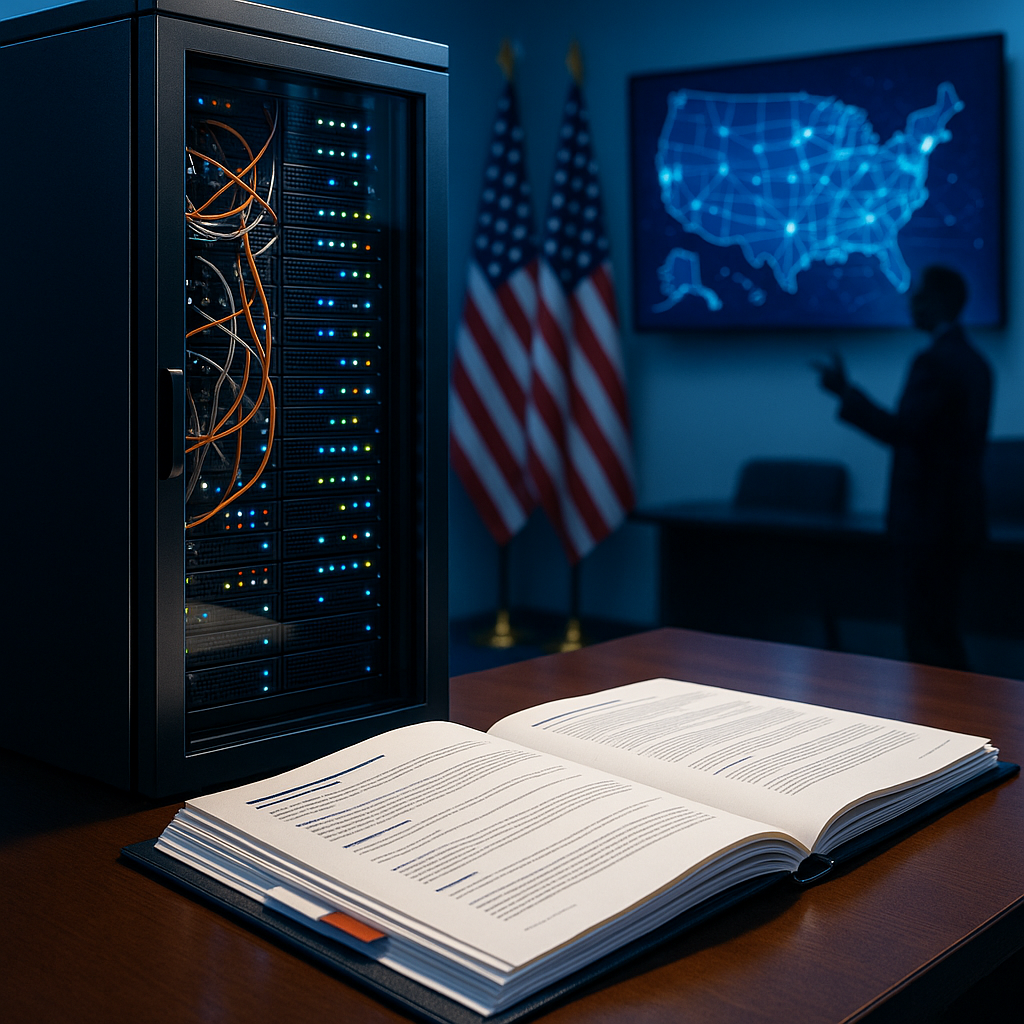Trump's EO 14179 Rescinds Safety Rules, Prioritizes AI Competitiveness
Published Nov 11, 2025
On Jan. 23, 2025 President Trump issued Executive Order 14179, “Removing Barriers to American Leadership in Artificial Intelligence,” rescinding Biden’s EO 14110 and pivoting federal AI policy from prescriptive safety, equity, and civil‐rights mandates toward economic competitiveness, infrastructure, and national security. Agencies must suspend or revise conflicting rules; OMB must update memoranda M‐24‐10 and M‐24‐18 within 60 days; an AI Action Plan is due in 180 days. The order reduces binding equity/safety requirements, amplifies export control and industry‐growth priorities, and increases tension with state AI laws. Key uncertainties include the undefined notion of “ideological bias,” oversight of dual‐use risks, and potential federal‐state preemption. The content of forthcoming OMB revisions and the AI Action Plan will determine how drastically U.S. policy departs from prior risk‐averse norms.
